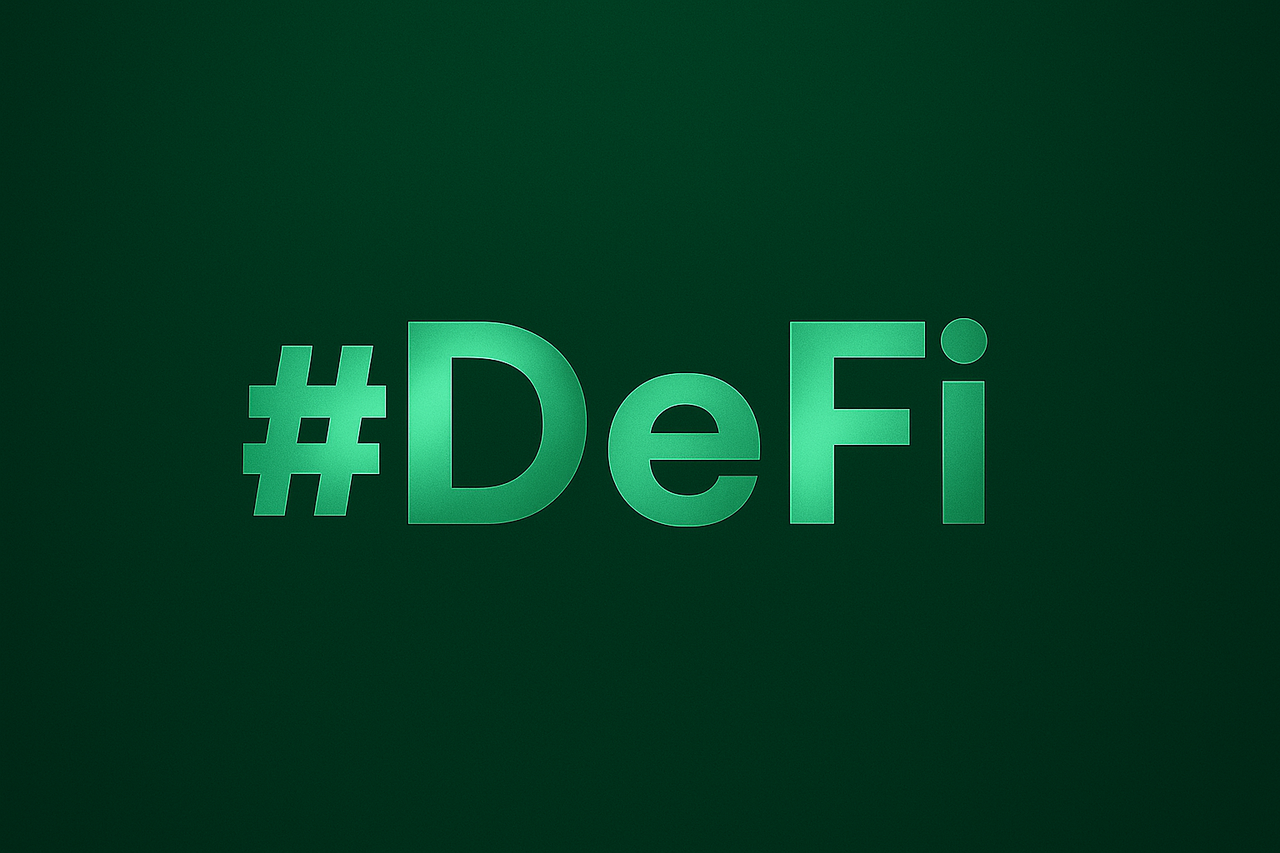How Blockchain Is Reshaping the Multi-Trillion Dollar RWA Market for Institutional DeFi?
The RWA tokenization wave is driven by the structural reality that legacy finance cannot compete with blockchain's superior efficiency.

Key Takeaways
- The RWA tokenization wave is driven by the structural reality that legacy finance cannot compete with blockchain's superior efficiency.
- Blockchain's core wins are programmability (assets that manage themselves) and composability (seamless interoperability), which eliminate billions in frozen capital and settlement delays.
- The movement is now a global mandate, with giants like BlackRock and UBS actively tokenizing debt, private equity, and real estate, confirming DeFi's shift from a separate sector to the bedrock of future global finance.
The future of finance is being defined not by incremental change, but by monumental predictions from the very top of Wall Street. Quotes from leaders like Larry Fink (BlackRock CEO): "Every stock, every bond, every fund... can be tokenized", confirming a single, irreversible trend: institutional capital's mass migration to DeFi is imminent. Experts predict $30.1 trillion in tokenized Real-World Assets (RWA) demand by 2034.
This profound shift is not ideological; it is purely practical. It is driven by the structural reality that blockchain technology is fundamentally superior for managing assets than legacy systems. This article dissects why blockchain's twin structural advantages, programmability and composability are driving trillions of dollars into new financial architecture.
Why Programmability and Composability Give Blockchain a Structural Edge
Blockchain technology is attracting global financial giants because it offers structural superiority that fundamentally solves the problems of the legacy financial system: slow speed, high fragmentation, and frozen capital.
Programmability: Assets That Manage Themselves
Smart contracts introduce Programmability, transforming old-fashioned paper contracts into dynamic, intelligent digital assets.
- The Problem of Inertia: In traditional finance, a bond or security is a static entry in a database. Every action, paying a dividend, transferring ownership, requires human intervention and days of processing.
- The Tokenized Solution: Tokenized assets are active. You can literally program them with an automatic schedule: a dividend pays itself instantly; compliance rules are enforced by code; and yield adjusts automatically. This eliminates human error and frees up management time, turning illiquid documents into self-managing digital wealth.
Composability: The Finance Ecosystem That Works Like Digital Lego
Composability refers to the ability of different crypto protocols to seamlessly and permissionlessly integrate. This feature delivers a level of instantaneous efficiency that traditional systems simply cannot match.
- Breaking Down Financial Silos: Traditional banking and trading systems are siloed; they cannot talk to each other without expensive, slow third-party mediation.
- The Seamless Network: Composability turns finance into digital Lego bricks. A single tokenized bond can be instantly used as collateral in a lending pool, traded on a different exchange, and simultaneously settled in a single, atomic step—all without moving between separate, expensive databases. This eliminates billions in settlement delays and frees up massive amounts of capital that are currently "frozen" in transit.
The Macro Evidence: How the Tokenization Wave Targets a $128 Trillion Market
The structural advantages of blockchain are no longer theory; they are already transforming the largest segments of the global financial market. Total assets across the five largest traditional asset classes exceed a staggering $1.28 quadrillion. The tokenization movement is actively reshaping this colossal market, proving the trend is irreversible.
The Pioneer Sectors: Debt and Private Markets
The most significant action is concentrated in sectors where liquidity is desperately needed. Debt markets, globally valued at $324 trillion, have seen immediate institutional buy-in. Giants like BlackRock (BUIDL) and Franklin Templeton (BENJI) have successfully tokenized billions in U.S. Treasury bonds and government money market funds, validating the market's demand for high-quality, on-chain collateral.
The Private Equity and Stocks market, which exceeds $127 trillion, is seeing fierce innovation. Firms are tokenizing assets ranging from S&P 500 ETFs to illiquid private equity. Projects are even emerging to tokenize fractional shares of high-profile, pre-IPO assets like SpaceX and OpenAI, effectively democratizing access to private markets for the first time.
The Global Institutional Shift
Crucially, this is a global mandate, not just a U.S. phenomenon. Institutions around the world are making strategic moves to secure their place in this new infrastructure:
- Europe (MiCA Alignment): Deutsche Bank and UBS have launched digital bonds and tokenized gold funds, strategically leveraging regional regulatory frameworks.
- Asia (Market Leadership): Institutions like China Asset Management Company (ChinaAMC) and Singapore's OCBC Bank are actively launching tokenized money market funds, demonstrating a clear strategic intent to lead the digital asset revolution across the continent.
DeFi Becomes the New Financial Normal
The evidence is clear: the transformation of the multi-trillion dollar RWA market is not a distant possibility—it is an unstoppable macro trend currently being executed by the world’s largest financial entities. The ultimate success of this revolution hinges not on the collapse of banks, but on the superior functionality of blockchain technology.
The future of finance is defined by function over tradition. The structural advantages of programmability and composability offer the only viable solution to eliminate legacy systems' inefficiency, settlement delays, and illiquidity. This structural reality will continue to attract trillions of institutional capital.The final insight is this: DeFi will not just be a separate sector, but an integral, functional layer of the global financial system by 2030. The RWA tokenization movement proves that blockchain is moving from the realm of speculative technology to the bedrock of global financial operations.
Cwallet: Your Secure, All-in-One Gateway to Global Crypto Finance
Cwallet redefines the digital wallet, offering a unified, high-performance platform to manage your entire portfolio, supporting over 1,000 cryptocurrencies across 60+ global networks. We combine top-tier security with unmatched utility:
Financial Control: Go beyond holding. Engage in dynamic market action with zero-fee Memecoin/xStocks trading, or join the fun with interactive prediction tools like Trend Trade and Market Battle.
Real-World Power: Instantly unlock the spending potential of your assets. The Cozy Card transforms your crypto into a flexible payment solution, enabling secure, real-world transactions online and offline.
Practical Tools: Boost efficiency with integrated, unique services. Leverage HR Bulk Management for business needs, or utilize Gift Cards and Mobile Top-ups for everyday utility.Cwallet is where security meets utility and innovation in one powerful application.
Join millions who are transforming the way they manage their digital wealth!
Official Link
Official Site: https://cwallet.com
Twitter: https://twitter.com/CwalletOfficial
Disclaimer: This content is for informational purposes only and is not investment advice. Please invest wisely and at your own risk.
